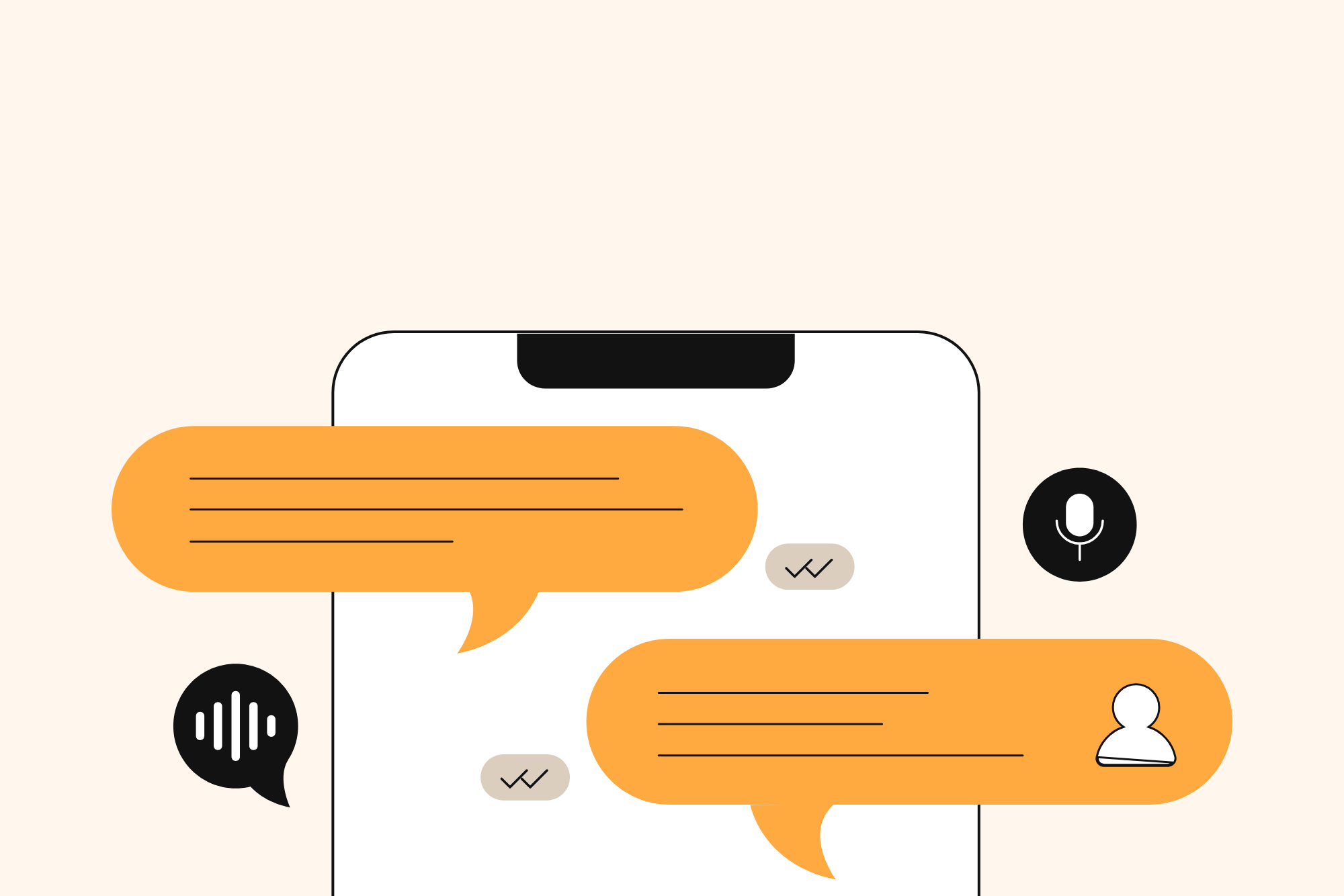A Case for Asynchronous Communication in Healthcare

Asynchronous communication, notably text SMS messaging and web-messaging, serves as a fast and simple way for healthcare professionals to provide care and relay information.
Traditionally, healthcare has predominantly used calls and face-to-face interactions to communicate with patients. Because this inconveniently requires that a patient and a healthcare worker be available at the same time, synchronous communication can be a difficult means of relaying information in healthcare settings.
Compared to synchronous communication, asynchronous methods have been shown to improve healthcare communication, increasing workflow efficiency and potentially contributing to better patient care.
There are several noteworthy benefits of asynchronous methods, particularly SMS messaging, in healthcare, as well as advances in technology that are amplifying these benefits.
Better Triage
Communicating with patients through SMS messaging allows each user the ability to read and respond within their own schedule. Patients do not have to go through the barriers of calling the practice back and potentially being placed on hold.
For healthcare professionals, it allows for easy triage of messages, therefore the opportunity for a more methodical, efficient workflow.
In SMS messaging, unlike in a string of phone calls, healthcare professionals do not have to fully address a low-acuity patient conversation, while an urgent call may be waiting on the other line.
Additionally, triaging messages is increasingly becoming more intuitive and automated with the help of AI Assisted Care Management programs that can accurately sort and triage messages, then reroute them to the proper roles’ inbox.
Sending different types of information
SMS messaging also has the capacity to send links, images, documents, and other attachments. In particular, links open up a whole new world of tools: instructional videos, mindfulness meditation recordings, informative CDC pages.
Supplementing health information with images, such as in the form of diagrams and instructional sheets, can provide a more clear and engaging experience for patients.
This can expand a practice’s ability to thoroughly inform, educate, and provide access to resources that are otherwise inconvenient or hidden behind several clicks.
Time saving
Instant messaging communication was shown to reduce time spent per task by an average of 20.1 minutes, leading to nearly 60% time saved compared to synchronous methods.
This could mean an increase in overall productivity and job satisfaction among healthcare workers.
Built in documentation
Unlike with calls and in person communication, SMS messaging through clinical communication platforms, by nature, provides a transcript of each conversation with a time stamp.
If these platforms are integrated with the practice’s electronic health record (EHR), little to no extra work has to be done to fully document the encounter.
Communication platforms can now also automatically generate accurate, EHR-ready encounter notes for SMS message conversations with patients.
Rather than reading the patient conversation to write a clinical note, providers can simply review and edit as needed.
This technology is already being used in applications such as mental health check ins and chronic care management programs.
Quadrant Health is a comprehensive platform that uses world-class generative AI to streamline clinical workflows and inbox management, so you can provide the highest quality of care. Learn more about Quadrant’s intelligent clinical messaging and request a demo here.


